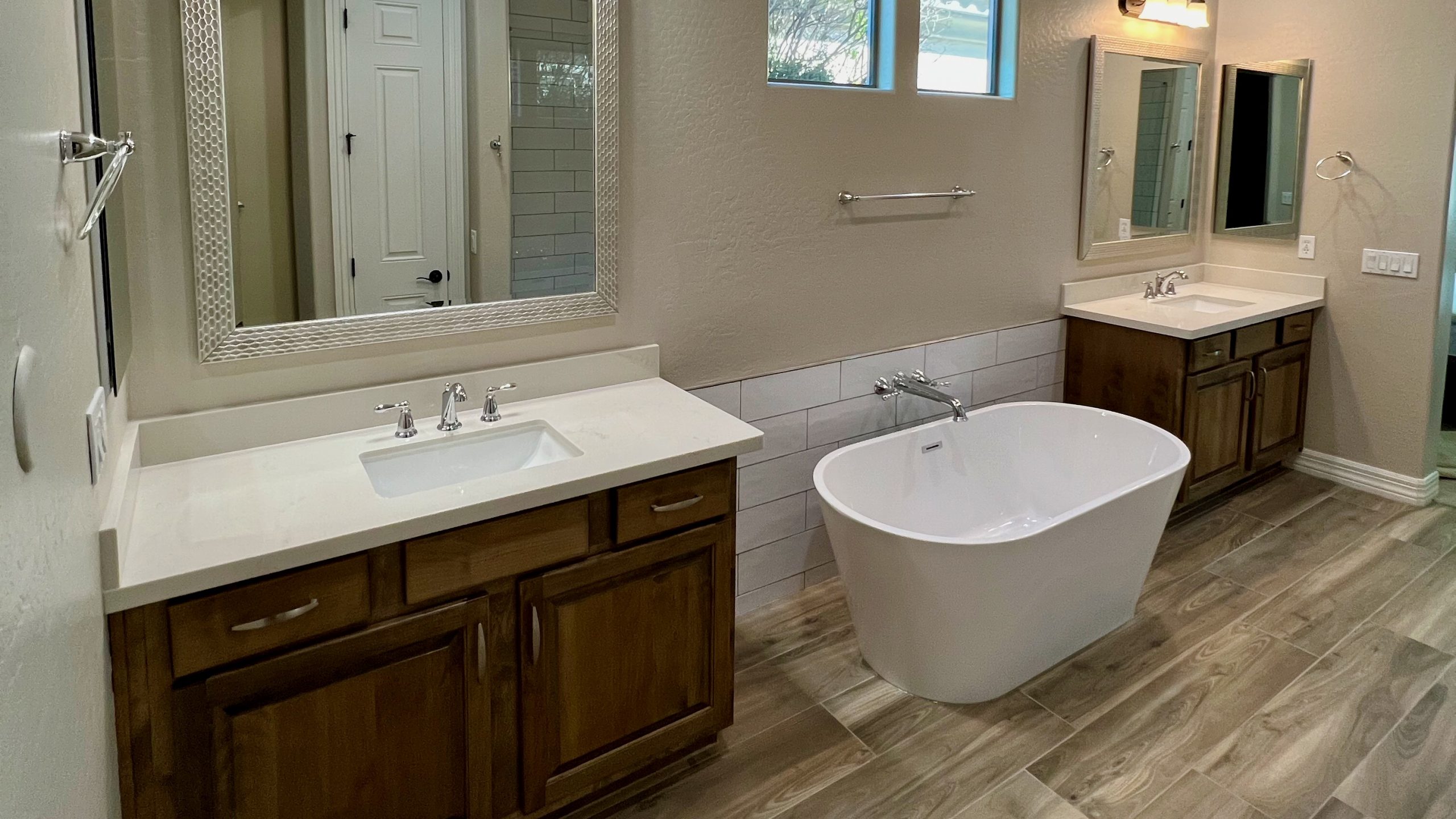Introduction
In the realm of home design, the kitchen stands out as the heart of the home. It’s where meals are prepared, family gathers, and memories are made. However, creating a functional kitchen goes beyond mere aesthetics; it demands careful planning and strategic layout choices. As experts in home renovations, JBS Remodeling understands that a well-designed kitchen can significantly enhance both usability and enjoyment. This article delves into The Best Layouts for Functional Kitchens: Advice from JBS Remodeling Pros, exploring various layouts, essential tips, and common questions surrounding kitchen renovations.
https://simplyremodel.comThe Best Layouts for Functional Kitchens: Advice from JBS Remodeling Pros
When embarking on a kitchen remodel, it's crucial to consider how your space will function around your lifestyle. The layout you choose can impact everything from workflow efficiency to social interaction. Below are some popular layouts that our JBS Remodeling pros recommend.
1. The L-Shaped Kitchen: A Versatile Classic
The L-shaped kitchen is one of the most popular designs among homeowners. It consists of two walls that meet at a right angle, forming an "L" shape.
Benefits of an L-Shaped Kitchen
- Space Efficiency: Ideal for smaller homes or apartments. Open Concept: Easily integrates dining areas or living spaces. Workflow Optimization: Allows for a smooth flow between cooking, cleaning, and serving areas.
Design Tips for an L-Shaped Kitchen
- Use the corner space wisely with pull-out shelves or lazy Susans. Consider adding an island for extra prep space and seating.
2. The U-Shaped Kitchen: Maximum Storage and Functionality
U-shaped kitchens feature three walls of cabinets and countertops, providing ample storage and workspace.
Advantages of a U-Shaped Kitchen
- Efficient Workflow: Everything is within arm's reach, reducing movement. Generous Counter Space: Perfect for meal prep or entertaining.
Design Enhancements for U-Shaped Kitchens
- Incorporate open shelving to break up cabinetry. Install under-cabinet lighting to illuminate work areas.
3. The Galley Kitchen: A Culinary Haven
Often used in small spaces or apartments, galley kitchens have two parallel walls with a narrow walkway in between.
Why Choose a Galley Kitchen?
- Compact Design: Makes excellent use of limited space. Efficient Work Triangle: Keeps cooking zones close together.
Optimizing Your Galley Kitchen Layout
- Use mirrored backsplashes to create the illusion of space. Add sliding doors to allow easy access without taking up too much room.
4. The Island Kitchen: A Social Hub
Kitchen islands have become increasingly popular in modern homes due to their multifunctional capabilities.
Key Features of an Island Kitchen
- Provides additional counter space for preparation or casual dining. Acts as a central gathering point during social events.
Tips for Designing an Island Kitchen
- Ensure there’s adequate clearance around the island (at least 36 inches). Use contrasting materials to make the island stand out.
5. The Peninsula Kitchen: A Hybrid Model
Similar to an island kitchen but attached to a wall, peninsula kitchens offer similar benefits while saving on space.
Pros of Choosing a Peninsula Design
- Provides extra surface area without requiring more room than necessary.
Enhancing Your Peninsula Kitchen Layout
- Incorporate bar stools for informal dining options.
FAQ Section
Q1: What is the best kitchen layout for small spaces? A1: For small spaces, consider an L-shaped or galley kitchen layout as they maximize efficiency while minimizing clutter.
Q2: How do I improve workflow in my kitchen? A2: Organize your kitchen based on the work triangle principle—keeping your stove, refrigerator, and sink close together enhances movement efficiency.
Q3: What should I prioritize during a kitchen remodel? A3: Prioritize functionality first; ensure that your new layout meets your cooking habits before focusing on aesthetics like color schemes and finishes.
Q4: How can I make my kitchen feel larger? A4: Use lighter colors, open shelving instead of upper cabinets, and mirrors in your design to create an illusion of more space.
Q5: Is it worth investing in custom cabinetry? A5: Absolutely! Custom cabinetry allows you to optimize storage based on your unique needs and preferences while enhancing overall design quality.

Q6: How long does a typical kitchen renovation take? A6: A standard kitchen remodel can take anywhere from 6 weeks to several months depending on scope; it’s best to consult with professionals like JBS Remodeling for accurate timelines tailored to your project.
Conclusion
Creating a functional kitchen involves much more than just choosing pretty tiles or stylish fixtures; it requires thoughtful consideration of how you plan to use the space every day. From L-shaped designs perfect for small homes to expansive islands that become social hubs during gatherings, each layout has its unique advantages. With insights from JBS Remodeling pros, you're now equipped with valuable information about optimizing your kitchen's functionality through smart design choices tailored specifically toward your needs.
Whether you're contemplating minor updates or embarking on significant renovations—including bath remodels—understanding these layouts is essential in transforming not just how your kitchen looks but how it performs daily. So roll up those sleeves—greatness awaits!
This article aims not only to inform but also inspire you toward making impactful decisions about your next remodeling endeavor!